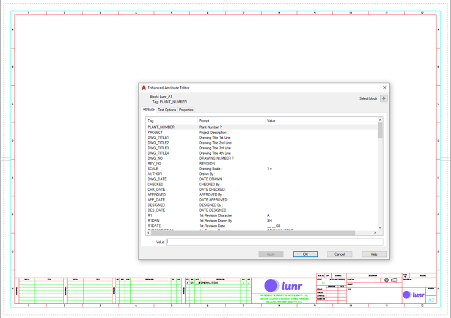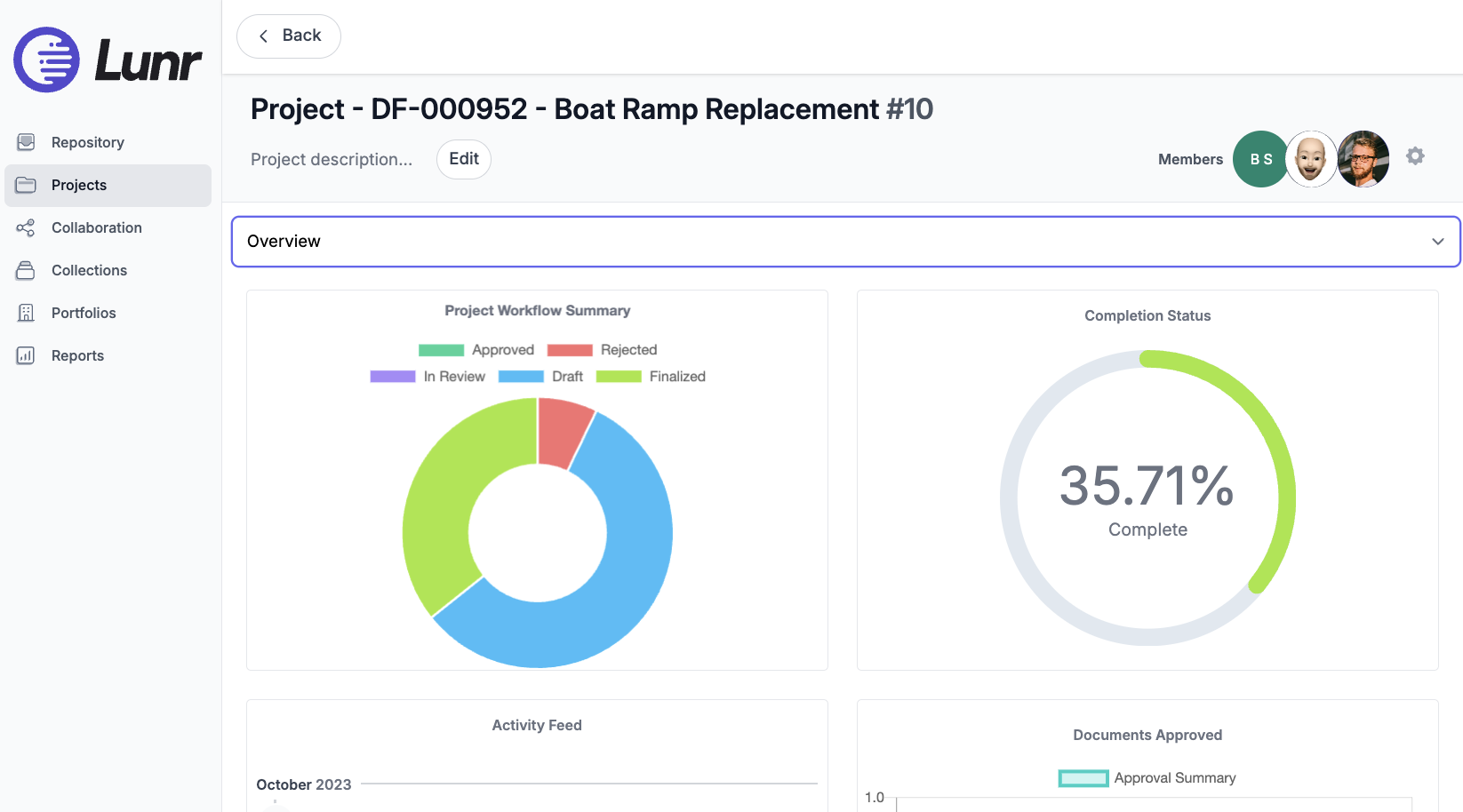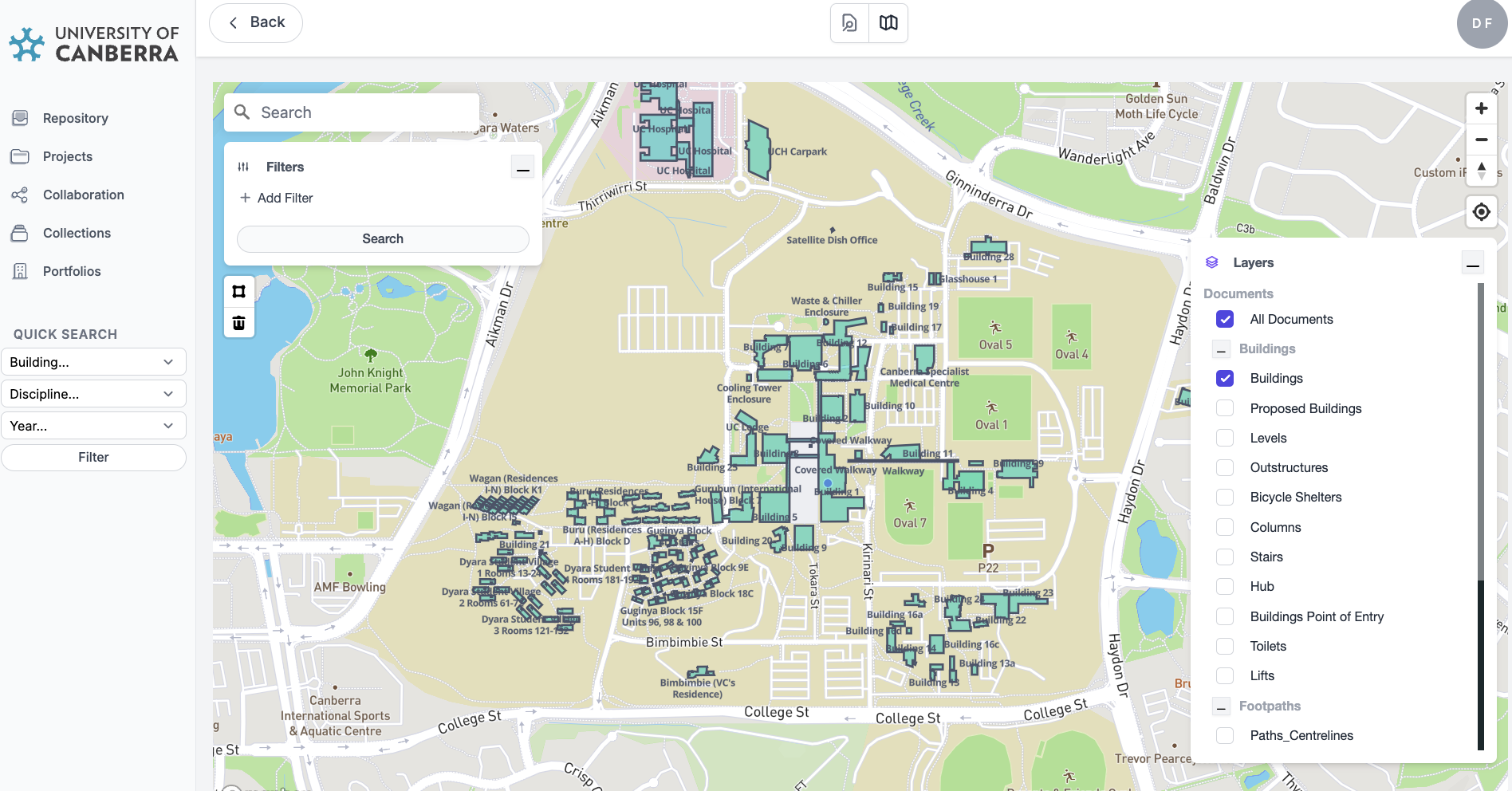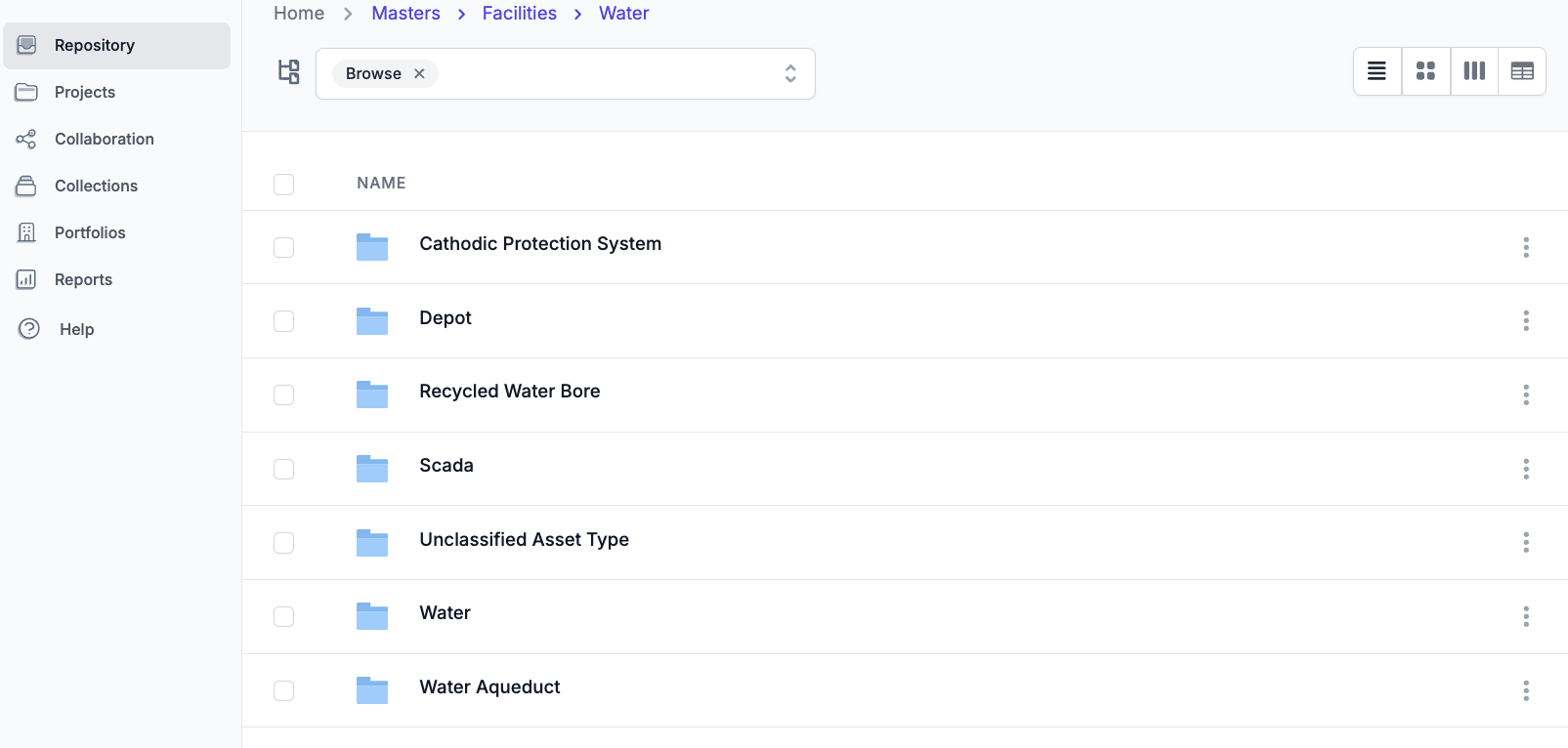So - why use attributes?

AutoCAD has had attributes since – well – since I started using it. While the feature is not new, our ever-increasing focus on data, including data capture and analysis, strengthens the role of attributes in building the integrity and value of an EDMS (Engineering Document Management System).
To quickly recap, a block is a group or collection of drawing objects, and an attribute is text that is embedded in a block. Think of the attribute as a tag or label that can be populated with the block insertion. This is useful for assembling an item list when a drawing contains quantities of blocks, perhaps representing electrical or mechanical components. More specifically, in linking to an EDMS, we’re interested in sheet frames as title blocks, where attributes can be used to capture essential title data.
 When you’ve drawn your sheet frame, and before defining the block (with the BLOCK command), attributes are created in the title line positions in a similar way to adding text (ATTDEF). The attribute properties determine size, position, and even the default value. The benefit is that, when your sheet is inserted (INSERT) the title lines can be prompted for completion. Be aware, however, that this can be turned off (ATTREQ) or the block can be exploded (EXPLODE) after insertion. The system isn’t foolproof, but the purpose and intent is understood by most users and organisations that are motivated to utilise attributes and appreciate the value and significance of the captured title metadata.
When you’ve drawn your sheet frame, and before defining the block (with the BLOCK command), attributes are created in the title line positions in a similar way to adding text (ATTDEF). The attribute properties determine size, position, and even the default value. The benefit is that, when your sheet is inserted (INSERT) the title lines can be prompted for completion. Be aware, however, that this can be turned off (ATTREQ) or the block can be exploded (EXPLODE) after insertion. The system isn’t foolproof, but the purpose and intent is understood by most users and organisations that are motivated to utilise attributes and appreciate the value and significance of the captured title metadata.
For ease of data capture, together with improved data consistency, the EDMS, should be able to automatically retrieve title attributes from drawings and use this to populate EDMS, metadata. This avoids re-entering the title data, saving time and ensuring that titles in the EDMS, accurately reflect drawing titles. Systems such as Lunr and Meridian include this capability. Meridian refers to this as ‘synchronising properties’, while Lunr automates this feature on document upload. Behind the scenes, these systems maintain a mapping table that associates drawing attributes with their matching EDMS properties, ensuring valuable title data reliably populates the EDMS.
The value and success of an EDMS lays in the trust and confidence of its users. Key in this is the ability to search for documents with the knowledge that search terms accurately reflect drawing titles for consistent results. Title block attributes with automated EDMS input are a critical step towards achieving this.
Please contact us if you like to obtain some samples of attributed title sheets (A1, A2, A3) that may serve as useful examples.


